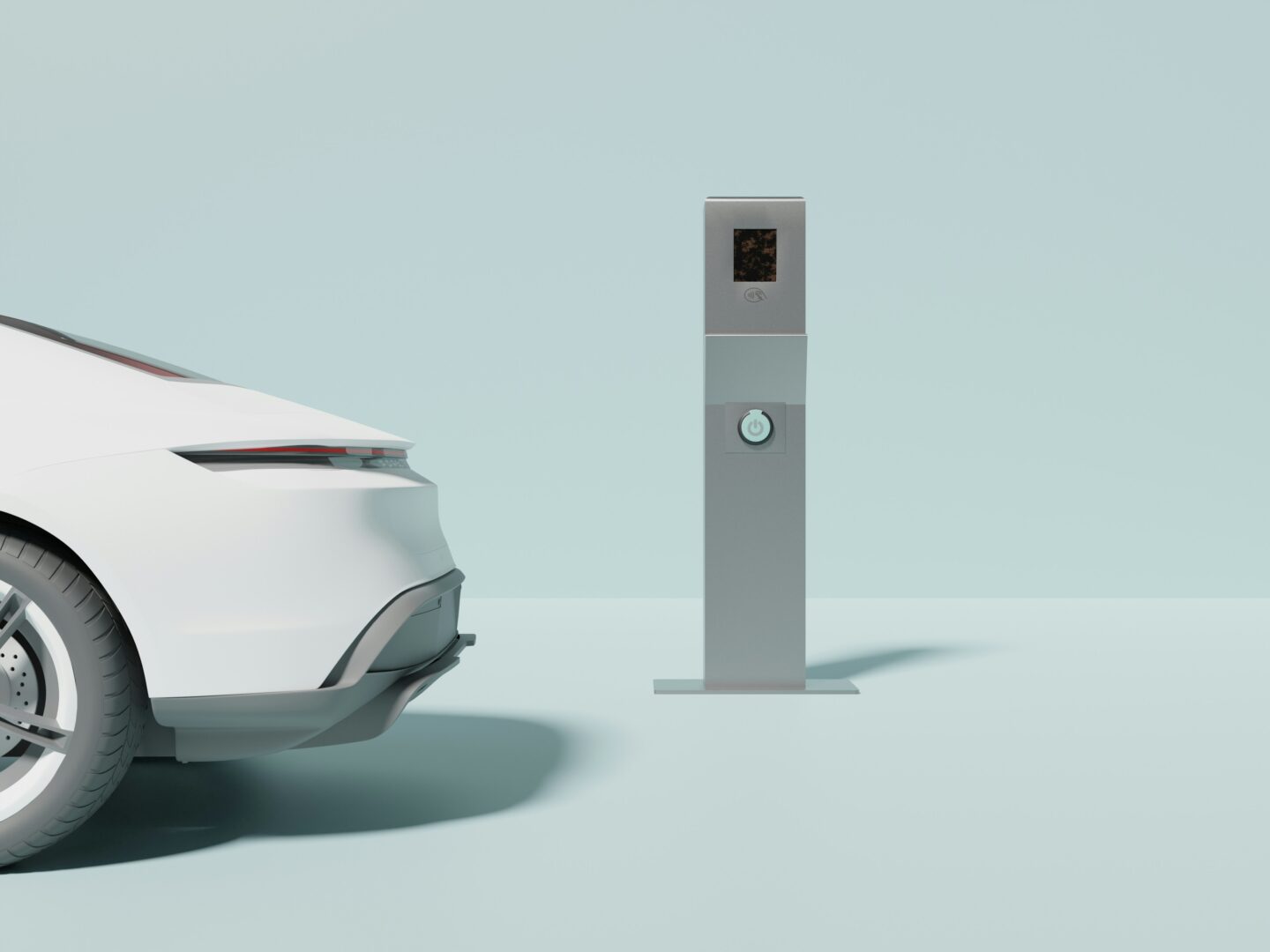Tesla is facing a federal investigation after launching its self-driving Robotaxi service in Austin, Texas. The National Highway Traffic Safety Administration began looking into the programme following a string of incidents during its first day on the road.
Videos posted online showed Tesla’s Model Y Robotaxis swerving into the wrong lane, braking sharply for no reason, speeding, and dropping passengers in the middle of junctions.
One clip showed a Robotaxi crossing a double yellow line. Another captured the car reacting erratically near a police vehicle. These clips were not rare cases. NHTSA confirmed it had seen the footage and was now collecting more details from Tesla.
Tesla’s Robotaxi rollout used the company’s “Supervised Full Self-Driving” software, which is already under investigation for its involvement in several crashes.
In the Texas launch, each car had a Tesla employee in the front passenger seat, reportedly with their finger held over the door unlatch button, acting as a kill switch. That alone raises questions about how self-driving the system actually is.
NHTSA had asked Tesla for answers ahead of the launch. The deadline for responses was 19 June. Tesla met it but also asked the agency to keep all of the replies confidential.
More from News
- Is AI Influencing Gen Z Spending Habits?
- What Do Experts Have To Say About The Recent Interest Rate Cut?
- Cat Food Brand Fuzzball Celebrates Winning The Largest Prize In E-Commerce History
- What Is Truth Social, And Who Uses It?
- Google Cloud And Plexal Partner To Help Security Startups
- SpyCloud Enhances Investigations Solution With AI-Powered Insights
- Is Trump Creating An AI-Powered Search Engine?
- HostBreach Offers Free Cyber Snapshot For CMMC Compliance
Why Did Tesla Request To Hide Information?
Tesla’s decision to block the release of its answers is unusual. In the past, most companies developing self-driving systems have tried to show the public and regulators that they are acting safely and responsibly. Tesla has taken a different approach. It has repeatedly refused to share data about crashes involving its Autopilot and Full Self-Driving software.
Under current rules, companies must report all crashes linked to driver-assistance systems. But Tesla has tried to limit what is made public. In one legal case, the company argued that disclosing the data would cause financial harm. That claim is now being tested as public interest in the Robotaxi rollout grows.
Tesla has not had a traditional PR team for years and rarely gives formal statements. That means details about its technology, safety measures, and crash responses are hard to confirm unless regulators release them. So far, NHTSA has not said whether it will agree to Tesla’s request for secrecy.
The secrecy adds to the severity the investigation. If Tesla’s system cannot operate safely without a human override, and if that information is being hidden from both regulators and the public, it will make it harder for anyone to judge whether the company is meeting the required legal standards.
What Does This Mean For The AV Industry?
Tesla’s Robotaxi launch was the first public test of its full driverless system without geofencing, high definition maps, or remote assistance. Unlike other companies in the space, Tesla is relying on real time camera data to guide the car, no pre-scanned routes, no map overlays, and no operator watching from a distance.
That decision comes with risk , bceause if the system makes the wrong call in real time, there is nothing to catch it. The mistakes seen on launch day are now being treated seriously, especially as Tesla has labelled its system as capable of full autonomy while still needing a human inside the car.
Texas law currently allows commercial driverless services if the vehicles meet Level 4 standards, meaning they must handle all aspects of driving on their own. The presence of a person with their hand on a manual override calls that into question.
Other companies watching this rollout may now have to rethink how they describe and launch their own services. If NHTSA decides Tesla’s system is not ready for open use, it could influence how other systems are reviewed. What happens from this could affect everyone trying to take driverless cars from the test track to public streets.

